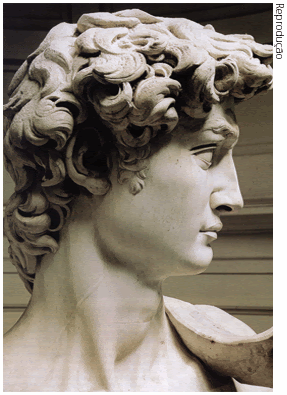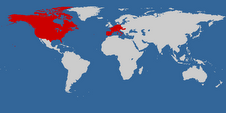
A public exposure
What happened to the remains of Ctesiphon?
No matter what criminal did it, the bitter truth is that they're irremediably gone now. But only the Taliban have been proven guilty for the Bamyan Buddha's. Isn't that justice or what?...
Instead of my inflamed prose I give you facts.
«The large round city, located on the left bank of the Tigris, across the river from the Hellenistic city of Seleucia, has been identified as the great Parthian and Sasanian capital city of Tisfun, known to the Romans as Ctesiphon, the Al-Madain (the cities) of Arabic sources. Situated about 35 km south of the later city of Baghdad, in present-day Iraq, Ctesiphon was the first Sasanian foundation in this urban zone, named Veh-Ardashir, the beautiful (good) city of Ardashir, after its founder, the Sasanian king Ardashir I (AD 224-241).
Ctesiphon was the royal residence, imperial and administrative centre, and a commercial and agricultural hub of the empire in the densely populated Sasanian province of Babylonia/Asoristan. It remained the capital and coronation city of the Sasanian Empire from its foundation until its conquest by Muslim armies in AD 637.
In the second half of the 4th century (AD 363) Julian II, the Apostate, lost his life in front of its walls. Life in the city was severely disrupted when the course of the Tigris shifted and divided the city in two around the 5th century. Nearby today stands the Taq-I Kesra, or «Hall of Khusro», the principal Sasanian royal palace which the Arabs looted after their victory over the Sasanians in the 7th century.
Today the Sasanian palace is distinguished by the colossal barrel vaulted central reception hall, or ayvan, known as the Ctesiphon Arch, the largest example in the world of such an arch, built without centring. The great parabolic barrel vault is nearly 35 m high with a span of over 25 m and a length of some 50 m. The extraordinarily thick walls, designed to withstand the thrust, measure 4 m at the impost, 7 m below and 1 m at the crown of the vault.
The palace was exceptionally constructed of baked brick and originally richly embellished with marble, painted stucco panels, opulent carpets and textiles.»
From London this was to be known on New Year's Day 2006:
«In a dispatch posted Al-Madain correspondent for Mafkarat al-Islam reported on 30th December 2005, that members of the Badr Brigades and more than 11 Islamic Regime Revolutionary Guards from Iran together with a large armed force with a number of vehicles caused serious damages what had remained of the ancient Iranian «Palace of Khosrow», Ctesiphon, and the buildings near by.
The correspondent for Mafkarat al-Islam reported a source in the Antiquities Department in Al-Madain, Khalid Abd Ayyash who went to the scene as saying that the Badr gunmen accompanied by the revolutionary guards went into the great monument and stayed there for more than three hours, wrecking and damaging what had remained standing of the ancient ruins.
Ayyash said that after the Badr Brigade and revolutionary guards left, he found that they had torn up the palace of Khosrow by the foundation. Four columns had also been wrecked as was a small arch that encircled the outer gates of the palace. They gave no reason for their act of wanton destruction.
The correspondent reported that the same site had also been attacked when the United States forces stormed into the city earlier this year. At that time more than 50% of the ruins were razed.»
SIC TRANSIT GLORIA MUNDI…
sábado, 5 de agosto de 2006
May the vile men who make wars be doomed!
Subscrever:
Enviar feedback (Atom)




















1 comentário:
... And so many more antiquities we don't know anything about are right now being sold all over the planet by bandits with rather suspicious official proyections... If you know what I mean...
Enviar um comentário